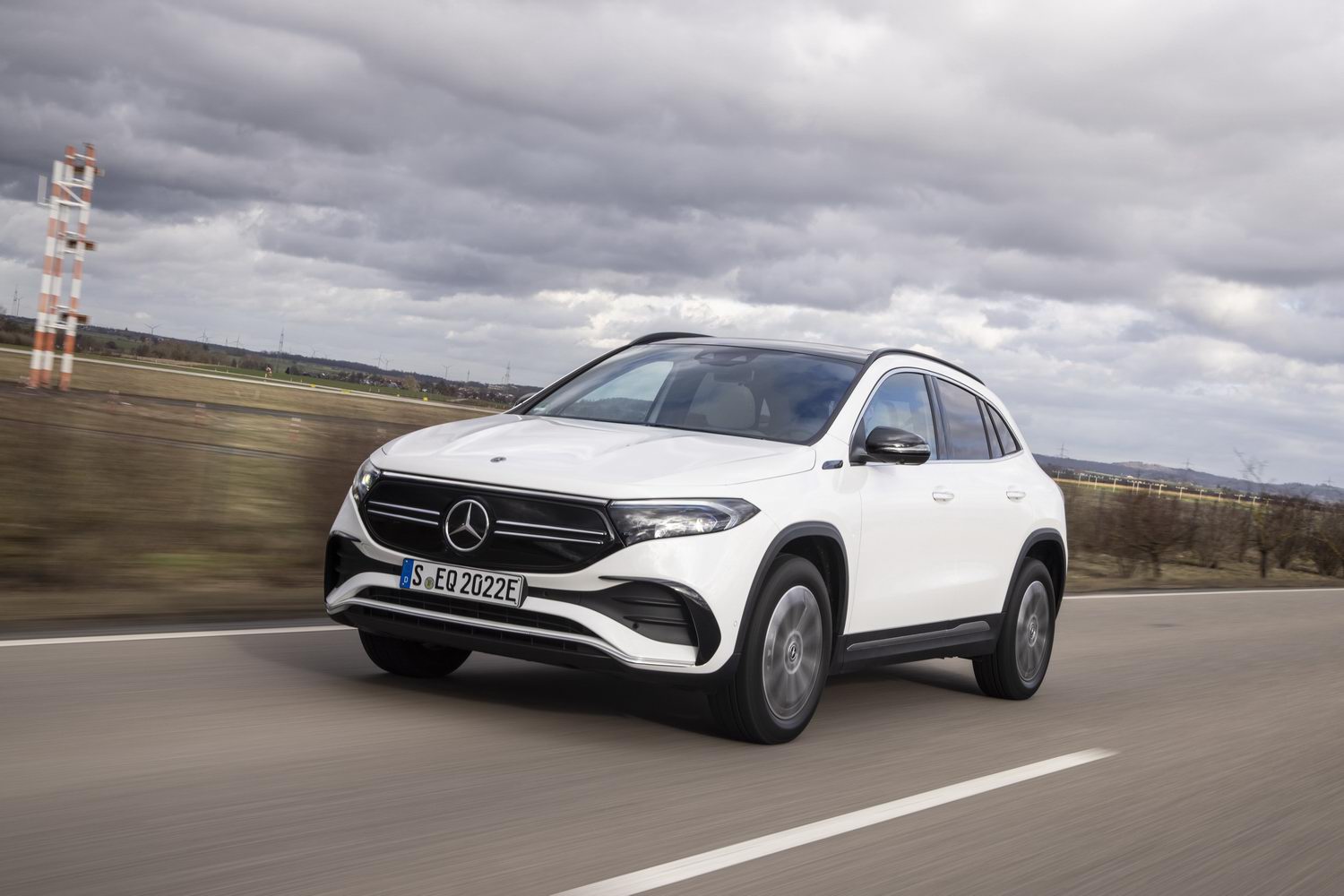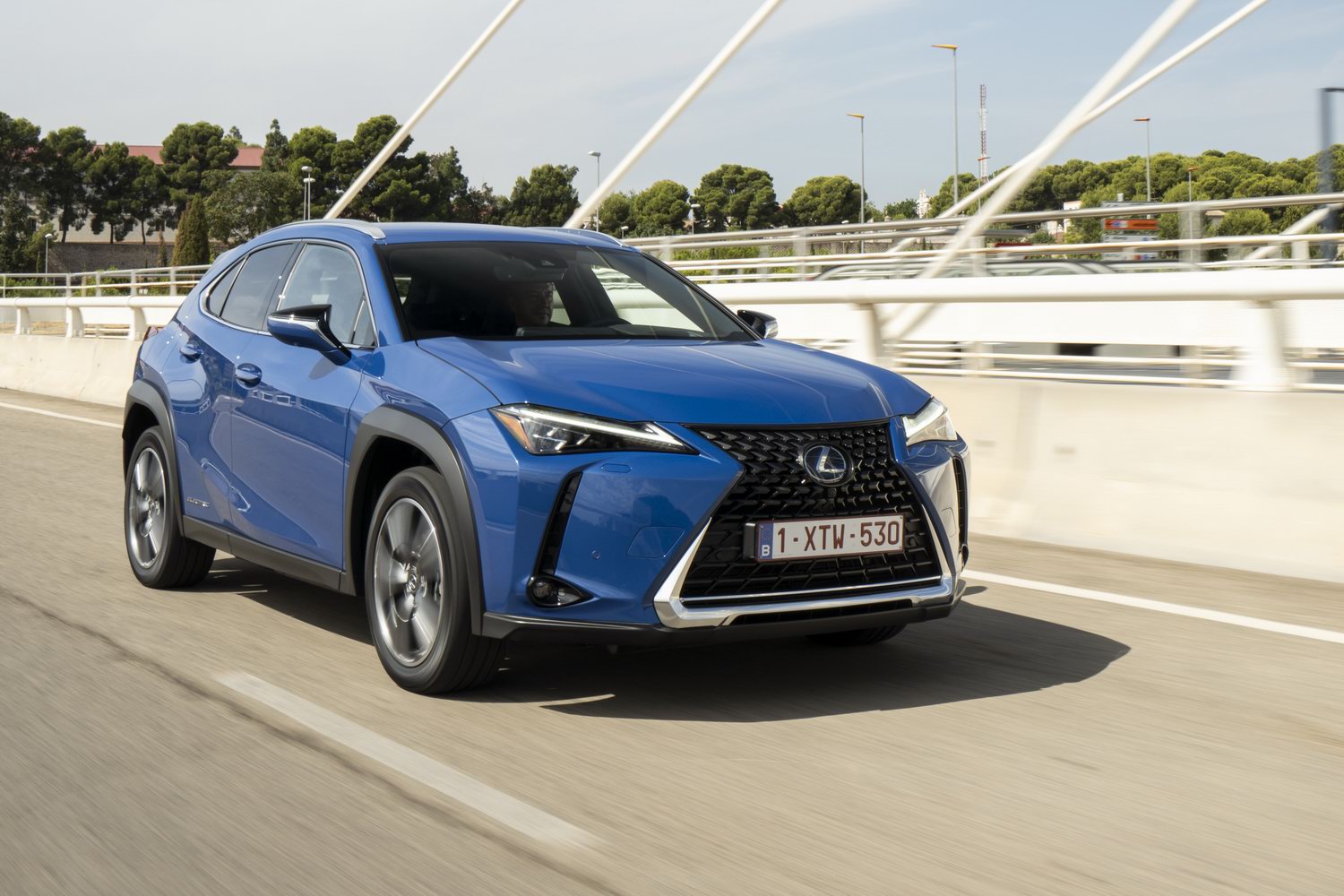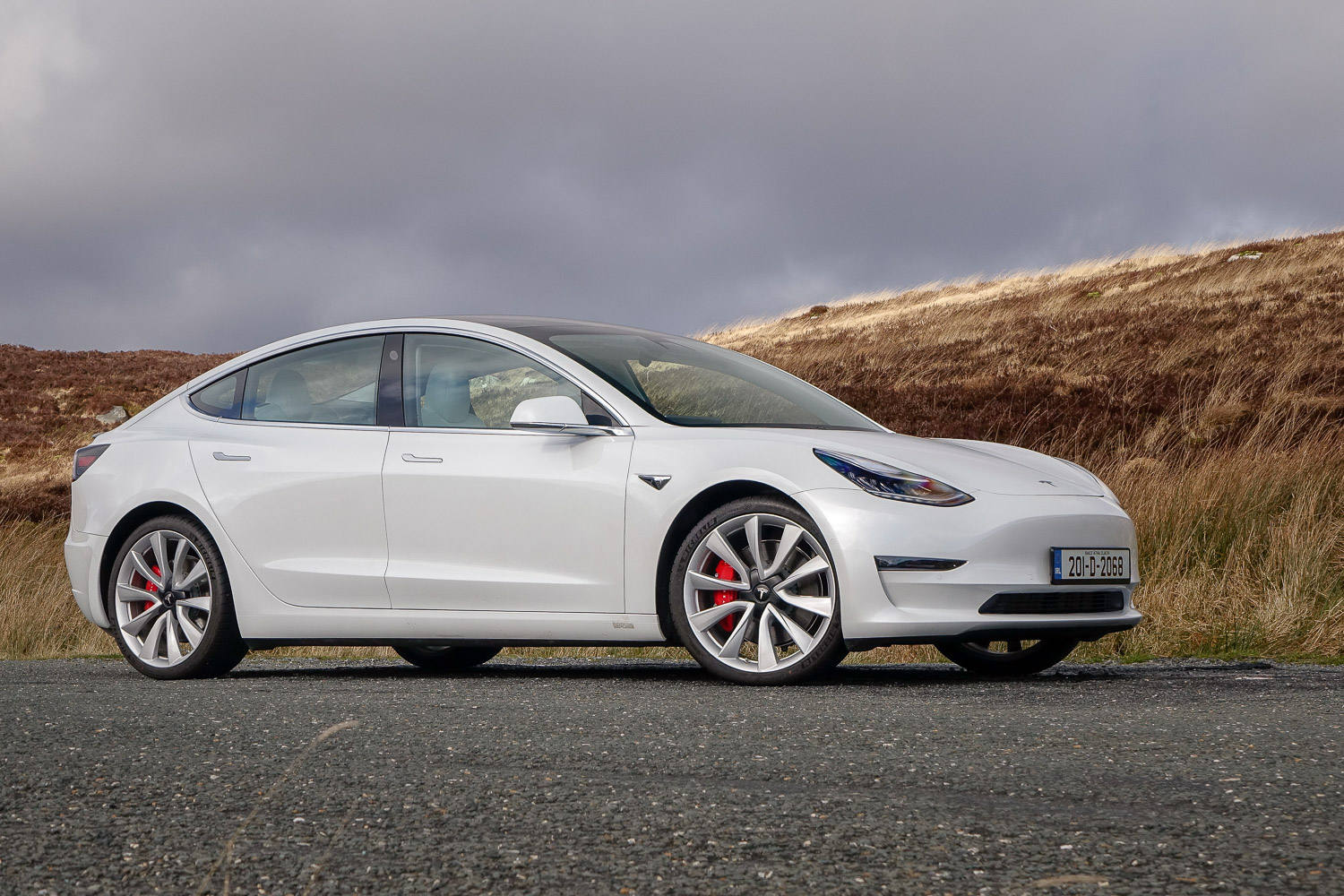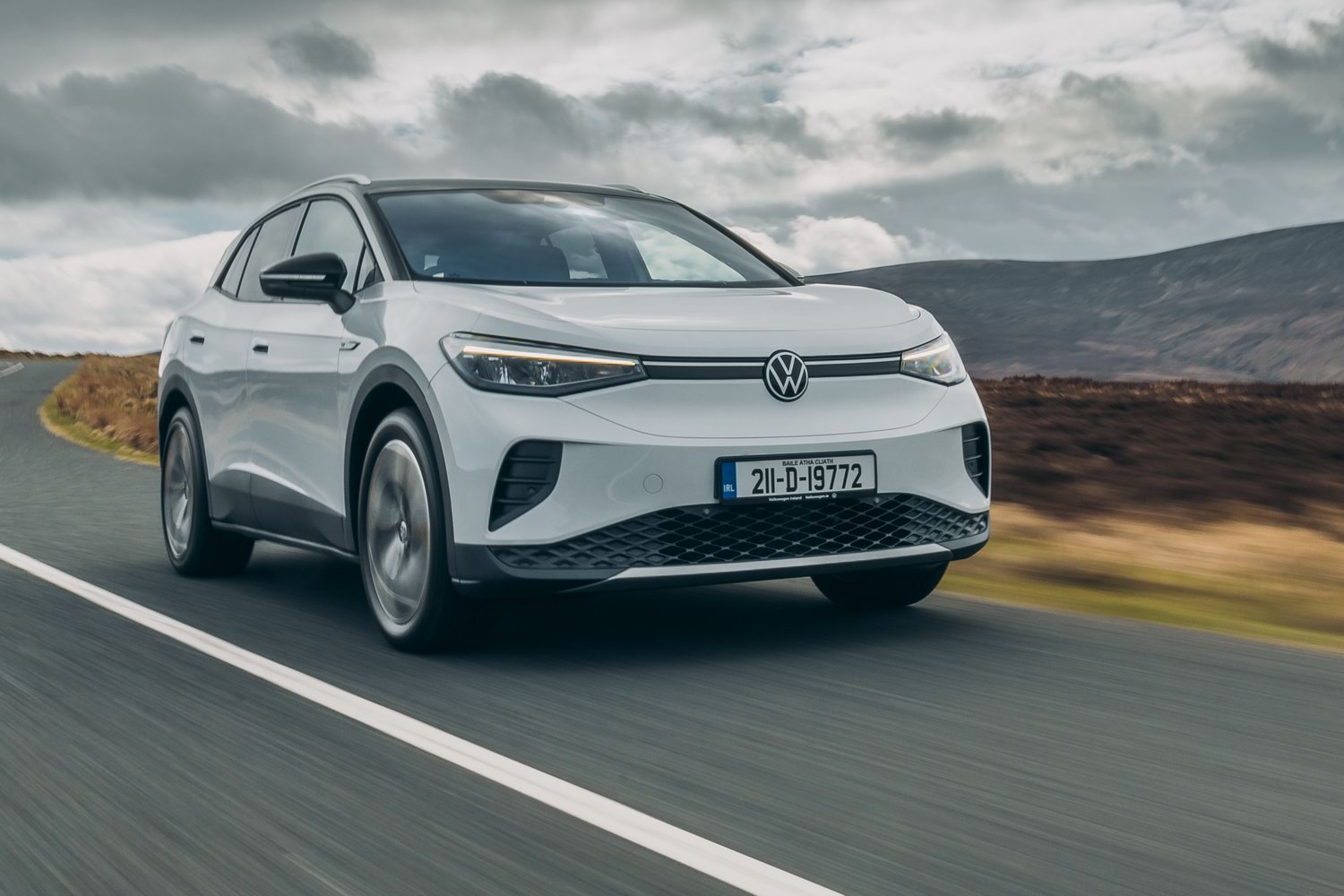The EQA mixes typical Mercedes fit and finish (by which we mean excellent fit and finish) with generally very impressive electric performance and range. Is it worth the price of entry?
In the metal
Although the new Mercedes EQA is right at the cutting edge of modern electric car technology, on the outside, it has one major visual throwback - intentionally or otherwise, that blanked-off grille, which differentiates the EQA from the Mercedes GLA, has definite overtones of the classic L319 Mercedes van from the 1950s and 1960s. Is that a good or a bad thing?
Probably, on balance, a good thing, but more to the point, the EQA retains the taut, neat styling of the GLA. The only other major exterior changes are the light bar that links the rear lights, the movement of the numberplate to the back bumper and the prominent EQA 250 badge picked out in chrome on the boot lid. Oh, and a neat little blue-and-black EQA badge above the front wheelarches. Our test car was in 'Progressive' trim, which makes for a slightly plain exterior appearance - trading up to an AMG-Line model would make it look a lot more muscular.
Mercedes has taken the very definite policy that it's best, at this price level at any rate, to mix and match internal combustion and pure electric power on the same platform. In this instance, it's the NGCC (New Generation Compact Class) chassis that also sees service under the GLA, GLB, A-Class, CLA and B-Class. It's not quite as simple as ripping out the petrol engine and stuffing in batteries and an electric motor, but that's the basic idea.
In general, such a setup leads to compromises for an electric car, certainly compared to those from the Volkswagen Group, which use a dedicated all-electric platform. Has the EQA been compromised, so?
Well you wouldn't know it from sitting in the front of the cabin, which is carried over entirely from the GLA, including the MBUX digital dashboard layout. We do like the MBUX 'digital plank' dash, and it looks as impressive, with its rich graphics, here as in any other NGCC-based model.
Yes, you could argue that it's a bit of an information-overload, and there are arguably a few too many options for how you can lay out and set up the various displays, but I guess it gives you something to do in traffic jams if nothing else.
The only departure from what you get in the regular GLA is a specific menu on the central infotainment screen for the EQ functions - EQ being the name Mercedes gives to all its electric and hybrid setups. This gives you access to controls for the charging system, information on power consumption and battery level remaining and so on. A shame that the 'track-pad' controller remains as fiddly and awkward to use as ever.
The rest of the cabin is largely good - most of the surfaces and panels are of excellent quality, but the cheap-feeling column stalks and some of the minor switches do let the side down a bit.
Headroom and legroom front and rear are good, but the centre rear seat is a little narrow, and taller rear passengers might notice that the floor of the EQA is actually a little higher-set than that of the GLA. Oh, and there's only the one USB socket in the back (a Type-C), which is probably going to cause some fights.
One major disappointment is the boot volume. Compared to the regular GLA's 495-litre luggage capacity, the EQA's meagre 340 litres is pretty poor going - a Volkswagen Golf gives you more boot space than that.
Driving it
Under the cabin floor, the EQA is packing a 66.5kWh battery stack, which is a more than decent amount of energy storage for a car this size. Fully charged, and according to the WLTP test, that gives it a one-charge range of 423km, at an average electric consumption of 17.6kWh.
Happily, and it's not a given, that is pretty much what you'll get from the EQA on the road. Indeed, the EQA is almost exceptional, in our experience, at not only getting close to its official average kWh/100km consumption (we averaged 18.5kWh/100km), but doing so even when you take it on long motorway runs.
Such motorway driving is usually where electric cars fall down, shedding range and battery charge like a tree in late autumn. Not the EQA, though. You probably won't quite get the full 423km out of a charge, unless you're driving it very gently and using the 'E+' driving mode, but you should pretty reliably get between 350-400km out of it (even with the air conditioning on) and it easily tackled our benchmark Dublin-Belfast run without needing to stop for a recharge.
When you need to, it does charge quite quickly from a DC public charger, although that charging speed is capped at 100kW, which is a bit behind the best of its rivals.
In terms of performance, the EQA feels nicely brisk at low-to-medium speeds, thanks to that healthy 375Nm torque figure. Indeed, it's pretty easy to get those front wheels spinning up if you give it too much shoe, too quickly. As with most electric motors, performance does tail off a bit as you go faster, but certainly up to motorway speeds, it's fine. Refinement is particularly good, and Mercedes has clearly made an effort to engineer out tyre and wind noise.
With light steering and a well-damped ride, the EQA feels most at home around town, using that torque to whizz silently in and out of gaps in the traffic. Nasty urban road surfaces don't faze it, and it's compact enough to be easy to park (helped by an excellent, clear, pop-out reversing camera in the repositioned Mercedes badge on that back that doesn't get covered with rain and road grime).
On twisty roads, it's a little less satisfying - that light steering doesn't give the driver much in the way of feedback, but you can nonetheless sense that it's a sure-footed little thing, even if we'd stop short of calling it 'fun'.
What you get for your money
OK, so there's no Mercedes in history has ever been 'cheap,' but the EQA's pricing is not doing it a lot of favours. With a starting price of €56,000, it's much cheaper than the two other electric cars Mercedes currently has on sale - the EQC and the EQV - but it's a lot more expensive than, say, a Volkswagen ID.4, which has identical or better performance, depending on the specification.
Worse for the Mercedes, Audi is about to launch the new Q4 e-tron, which will have a starting price some €15,000 cheaper (albeit with a smaller-capacity 52kWh battery for that basic model) with a bigger boot and faster charging. On top of that, Mercedes itself will shortly launch the EQB - an electric version of the GLB SUV - that will use all of the same mechanical parts as the EQA, but wrap them in a rather more appealing, more rugged-looking, more practical body. Oh, and don't forget that by the end of this year, both Hyundai and Kia will have launched similarly-priced, but larger, roomier and longer-ranged new models - the Ioniq 5 and the EV6, both of which may well prove to be game-changers in the electric car market.
In equipment terms, at least the EQA, in basic Progressive trim, does come with a decent kit list, including the larger 10.25-inch MBUX digital screens, 18-inch alloys, active brake assist with pedestrian detection, lane-keeping assist and automatic high-beam control for the LED headlights. There's also a blind spot warning system, ambient cabin lighting, cruise control, an electric tailgate, heated front seats, climate control, roof rails, Apple CarPlay and Android Auto connectivity. Our test car came with optional 'macchiato beige' man-made leather, metallic paint and puddle lamps that project the Mercedes three-pointed star onto the pavement.
Summary
While the Mercedes EQA is a little hamstrung by its large price tag and small boot, it is nonetheless a very likeable addition to the electric car ranks - it's good looking, pleasant to drive and has exceptionally good battery efficiency, even on long drives.























